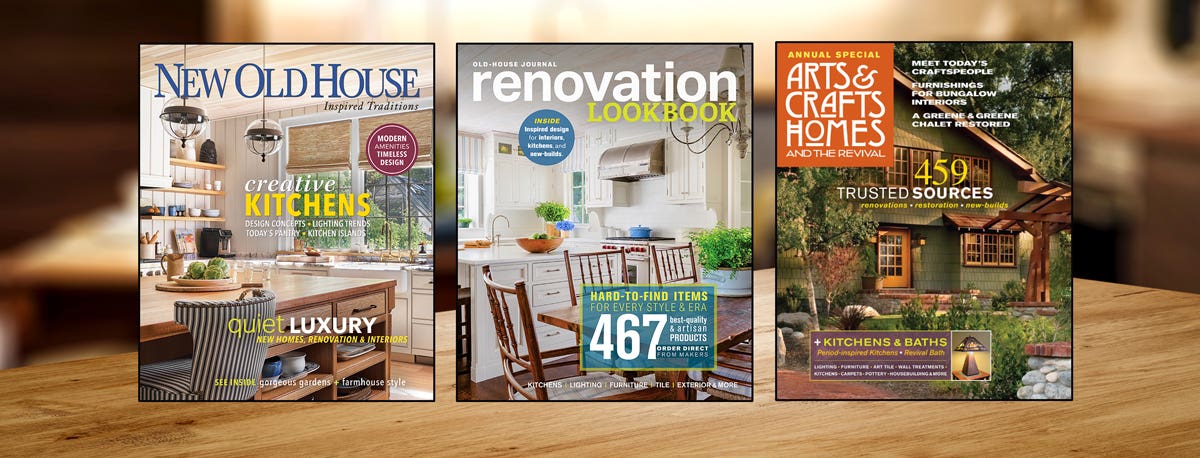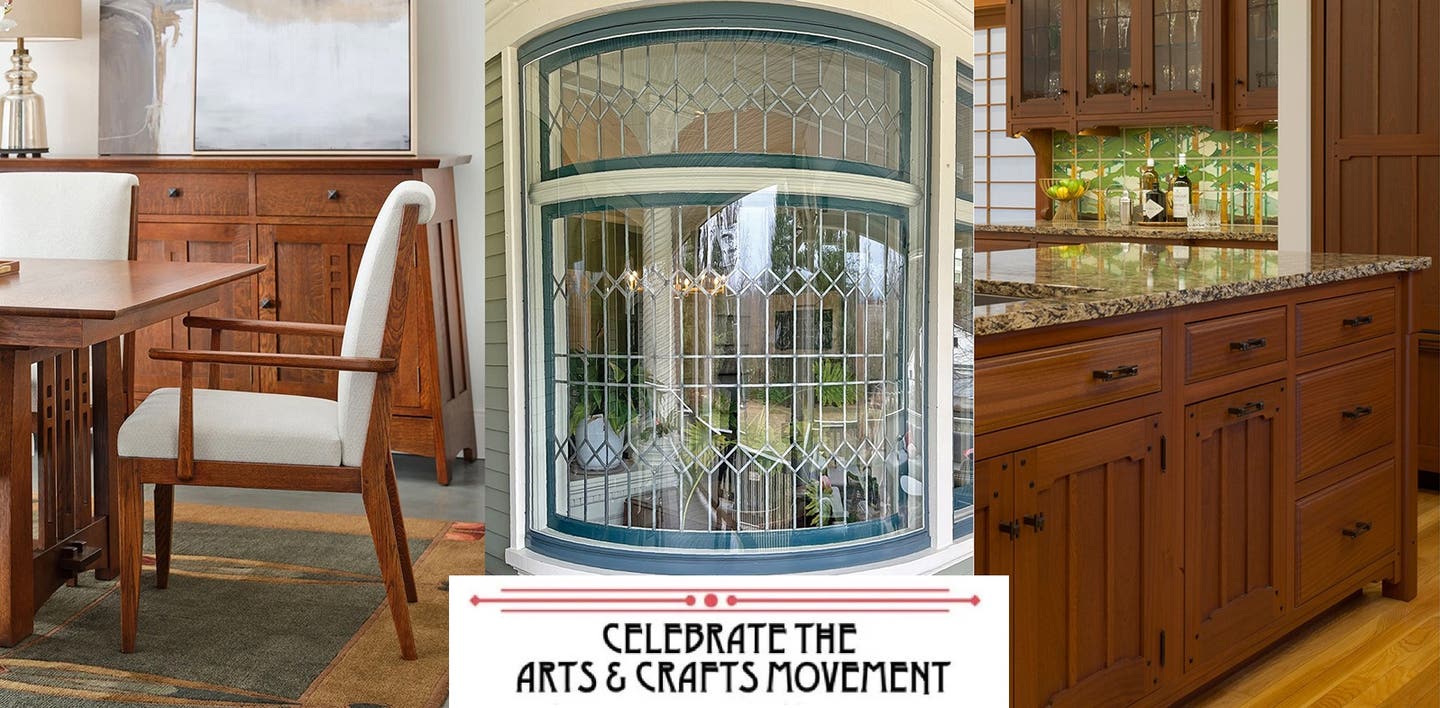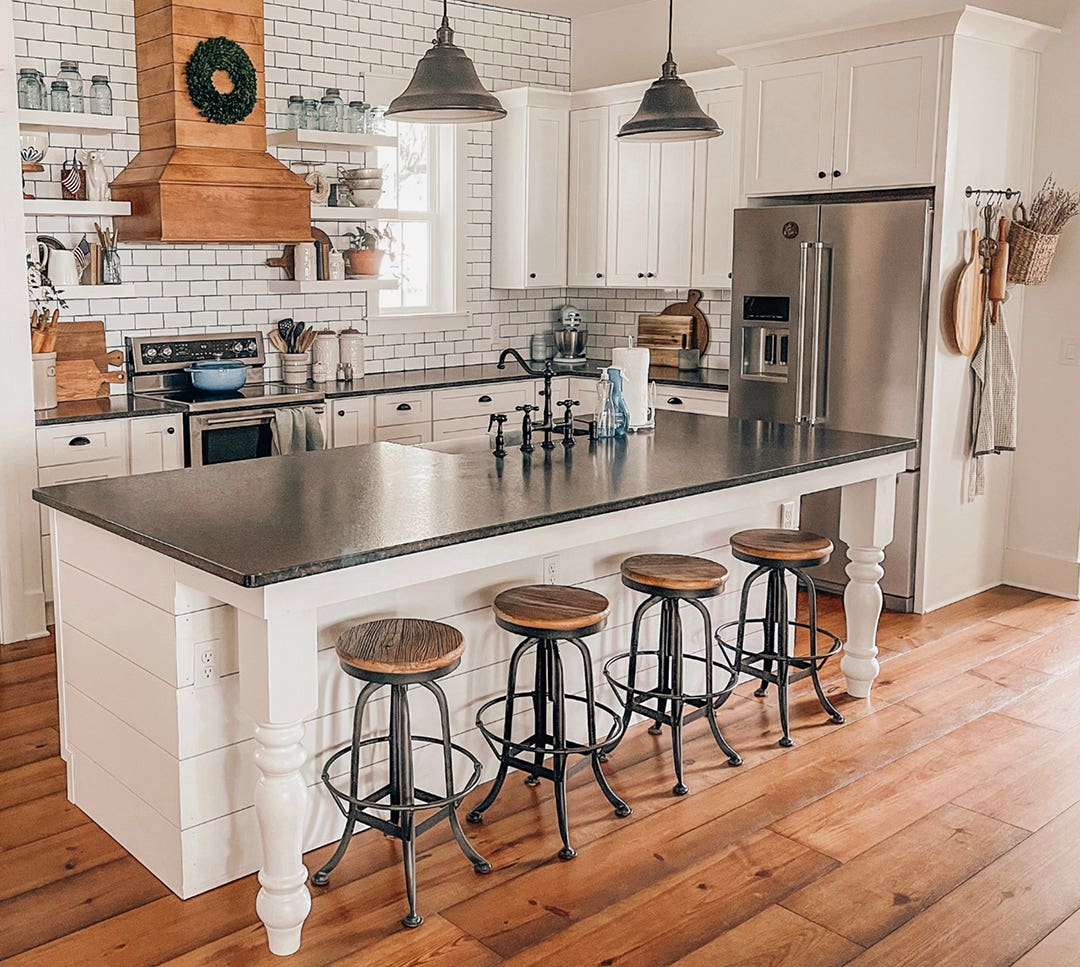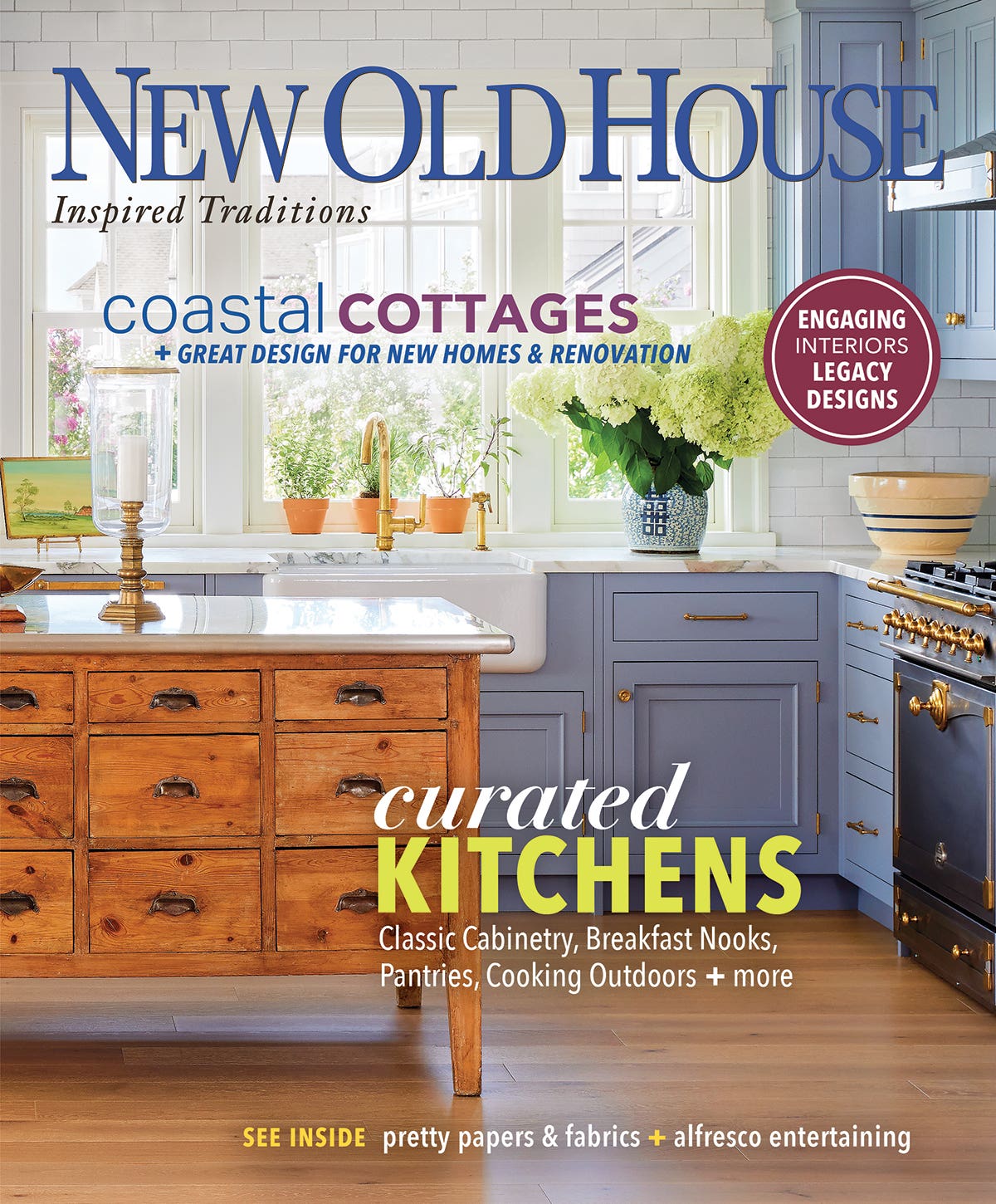Into The Lights
A Note from the Editor: Hands-down, buying light fixtures was the most fun I had during my restoration projects. Along with decorative hardware, light fixtures are the jewelry. And while…
A Note from the Editor:
Hands-down, buying light fixtures was the most fun I had during my restoration projects. Along with decorative hardware, light fixtures are the jewelry. And while I’ve never been much into jewels to wear on my person, I thoroughly enjoyed buying jewelry for my house.
My career made me an old-house gourmand, so I appreciate all periods of lighting design: hand-wrought spider chandeliers that recall colonial days, the intricate brass gasoliers of the 1890s. Still, nothing compares with Arts & Crafts-era lighting. It coincided, after all, with the dawn of the electric era. Electric fixtures allowed much more design flexibility, as they did not have to accommodate a flame.
More to the point, the Arts & Crafts movement was wildly diverse. It had so many influences: medieval, Celtic, Japanese. Designers drew from other eras and other lands; the work can’t be summed up as one “style.” We find bungalows with clipped English gables, others with porch columns that look like pagodas. One wall sconce seems to be an iron torch ripped from a castle wall. Another has an oriental delicacy. Lighting fixtures were made of black iron, steel, copper, wood and glass. Lamps were works of art. All of that is true, again, in the work of the revival.
Subscribe to Arts & Crafts Homes, or pick up an issue at your favorite bookstore or newsstand. Order back issues through the Old-House Bookstore or call (800) 850-7279.
The American Arts & Crafts movement is heavily identified with wood: cedar-shingled bungalows, Mission-oak furniture, woodwork in Douglas fir. Lighting highlights the work of the metalsmith and the glass artist.
Most of the period-reproduction fixtures I bought for my house were surprisingly affordable, finishing touches that didn’t break the budget. And if you’re going to splurge, what could be better than buying a signature antique or a contemporary art piece? Plus: this jewelry lights the room!
Patricia Poore,Editor
ppoore@homebuyerpubs.com
10 Harbor Rd., Gloucester, MA 01930
Patricia Poore is Editor-in-chief of Old House Journal and Arts & Crafts Homes, as well as editorial director at Active Interest Media’s Home Group, overseeing New Old House, Traditional Building, and special-interest publications.
Poore joined Old House Journal when it was a Brooklyn-brownstoner newsletter in the late 1970s. She became owner and publisher and, except for the years 2002–2013, has been its editor. Poore founded the magazines Old-House Interiors (1995–2013) and Early Homes (2004–2017); their content is now available online and folded into Old-House Journal’s wider coverage. Poore also created GARBAGE magazine (1989–1994), the first unaffiliated environmental consumer magazine.
Poore has participated, hands-on, in several restorations, including her own homes: a 1911 brownstone in Park Slope, Brooklyn, and a 1904 Tudor–Shingle Style house in Gloucester, Massachusetts, where she brought up her boys and their wonderful dogs.







